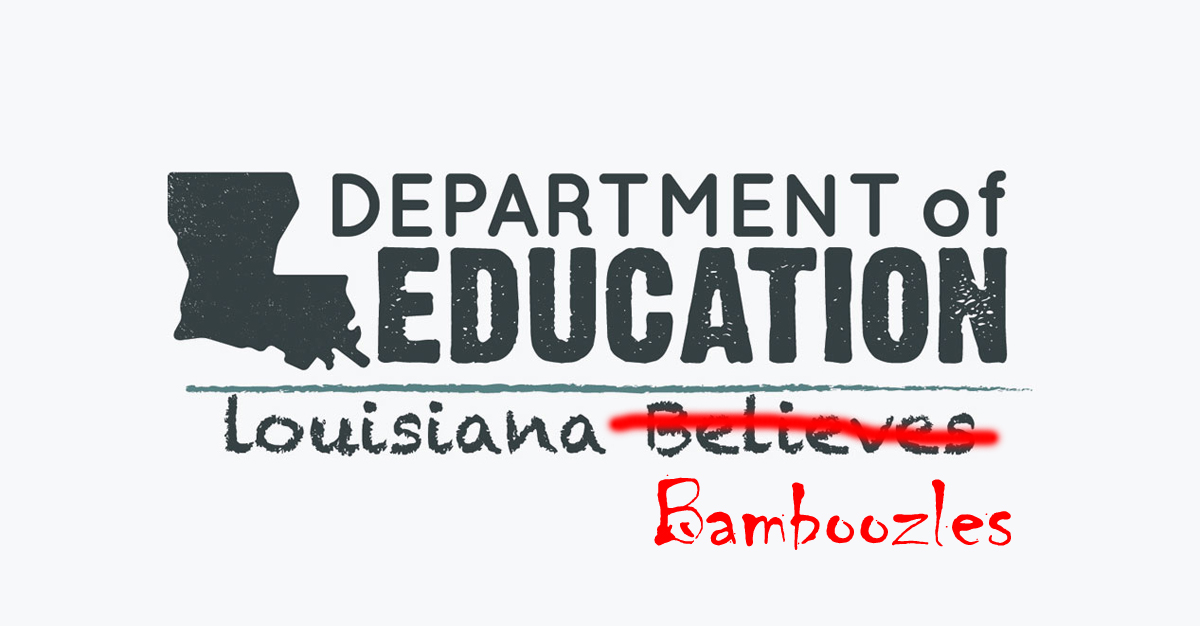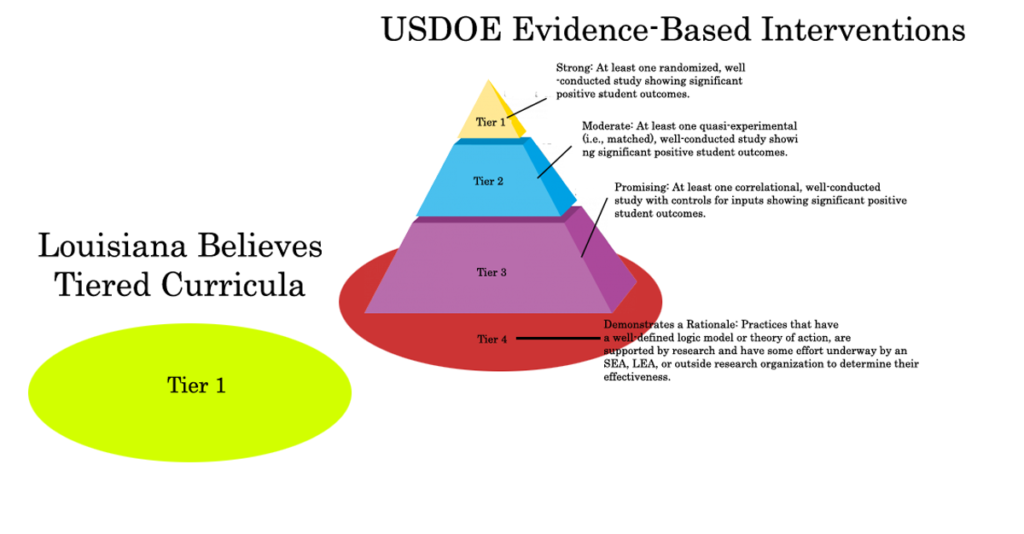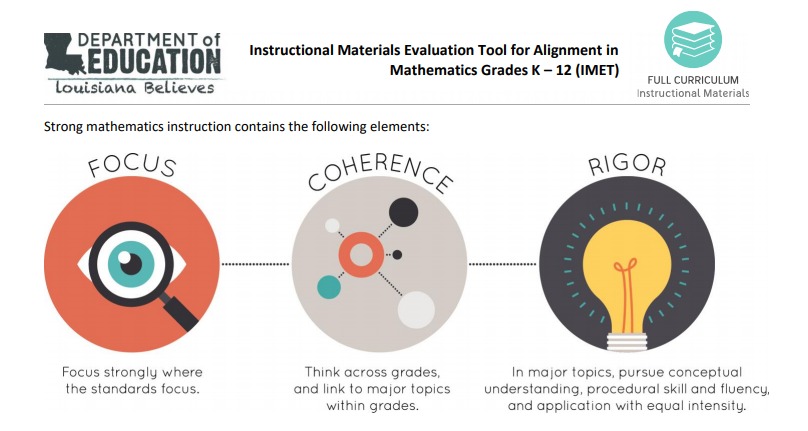

Raise your hand if you’ve ever checked your weight against one of those charts that tells you how much you should weigh based on your height. You know. The ones with unrealistic goals that you immediately dismiss because of their ridiculousness. Well, I have. I can tell you that in all my 35 adult years, even at my thinnest and best condition, I have never been less than 40 pounds overweight according to the scale.
Now, imagine if we started measuring the height/weight of our children in kindergarten with the goal of them exiting high school within the recommended range. We all know there will be some kids that do it with zero effort. Others will achieve the goal with moderate to heavy dieting. And still, others will never make it. Let’s take it a little farther. The federal government provides minimum guidelines for determining reliable diets to follow, and the State’s job is to select a diet and develop a plan to monitor the progress toward meeting the goal. Would you be mad if, in choosing how to achieve these goals that a large percentage of children won’t meet, the State requires the use of a diet that doesn’t meet the minimum guidelines, and a one-time/one-use scale produced by a particular manufacturer? Of course, you would, and every state legislator would be asking questions and changing laws to correct the problem.
Whether you know it, or not, this is exactly what is happening in education, in Louisiana. When Congress passed the Every Student Succeeds Act (ESSA), there was a fundamental shift in requirements for interventions. Under No Child Left Behind (NCLB), states were required to use “research-based” interventions when implementing plans to improve failing schools. Under ESSA, the requirement is “evidence-based.” What is the difference? Research-based interventions are designed around theory and the knowledge-base available to us in historical research. Evidence-based means that the “research-based” intervention has produced positive outcomes. It doesn’t like much of a difference, but we do this all the time. If you have an insect problem in your garden, you might do research to determine the top two products based on the information available. If you buy both products and apply in different areas of your garden only to find that the number one product didn’t work, but the number two product did, which one will you buy, next time?
To make the determination easier, USDOE provided descriptions of what appropriate interventions would look like. An intervention might include instructional setting, staffing changes, salary incentives, curriculum choices, etc.
- Tier 1 = Strong: At least one randomized, well-conducted study showing significant positive student outcomes.
- Tier 2 = Moderate: At least one quasi-experimental (i.e., matched), well-conducted study showing significant positive student outcomes.
- Tier 3 = Promising: At least one correlating, well-conducted study with controls for inputs showing significant positive student outcomes.
- Tier 4 = Demonstrates a Rationale: Practices that have a well-defined logic model or theory of action, are supported by research and have some effort underway by an SEA, LEA, or outside research organization to determine their effectiveness.
As you can see, it doesn’t take much to meet the guidelines set forth in ESSA. It is important to understand this because what you will see in the graphic below is shocking.
In the graphic above, I have placed Louisiana’s “Tier 1” curricula below the USDOE “Tier 4” because the rubric used to qualify curricula as Tier 1 does not even use the bare minimum requirement: DEMONSTRATE’S A RATIONALE.
In Louisiana’s ESSA plan submitted to USDOE misrepresents the validity of its intervention program by not disclosing the use of an arbitrarily designed rubric to determine Tier level. In the picture below, you’ll see the primary considerations for tier determination for 2018-2019. If you click on the picture, you’ll see the entire rubric and won’t ever see any reference to “research-based,” “evidence-based.”
Let me take a moment to remind you that the Louisiana Department of Education has been employing a team of “teacher leaders” for a number of years to facilitate dissemination of its reform efforts. Teacher leaders took part in the reviewing of curriculum using the above rubric. I can’t fault anyone who has an interest in improving education in Louisiana; however, there is no denying that these teacher leaders have been led to believe that the process they participated in was meaningful and not subjective.
Here’s where things get even worse, and you might find that your blood will boil. Under Louisiana’s ESSA plan, in order to receive certain federal funds to assist in improving achievement in failing schools, districts must develop an intervention plan that does the following.
- Must employ Tier 1 curriculum and professional development, meaning curriculum below the ESSA standard.
- Eliminate “low-quality” curriculum and resources. In other words, throw away all non-Tier 1 curriculum, even though it might meet ESSA guidelines.
- Describe intervention evidence using ESSA Tiers 1-3. In other words, don’t admit that the curriculum is sub-standard.
I hope I’ve explained this in terms that are easy to understand. Essentially, Supt. John White has led all of our elected officials to believe that he has all of the right answers for improving educational outcomes in Louisiana. Quite simply, White’s plan requires purchasing food for a diet plan that sounds like you might lose weight, but no one ever has, and you can only judge your progress using one particular scale that he calibrates.
White’s plan is not a healthy plan.




Considering how horrible the scores are for most schools, I think the curriculum is definitely failing!
Teacher leaders may or may not be evaluating the subject matter they know the most about..ie a high school science person might evaluate an elementary program or vice versa, OR might be evaluating math, English, etc….no rhyme or reason to it. Also to qualify for intervention materials, the school system MUST go through all ON LEVEL materials BEFORE they are allowed to use intervention materials…a waste of taxpayers money, time and the poor child!
Whether the tests — particularly the science and social studies — are really that related to the content in the curriculum is an open question. Indeed, whether the tests mean anything is an open question, in large part because it seems remarkably difficult to find out much about the construction, testing, and changes to the tests.